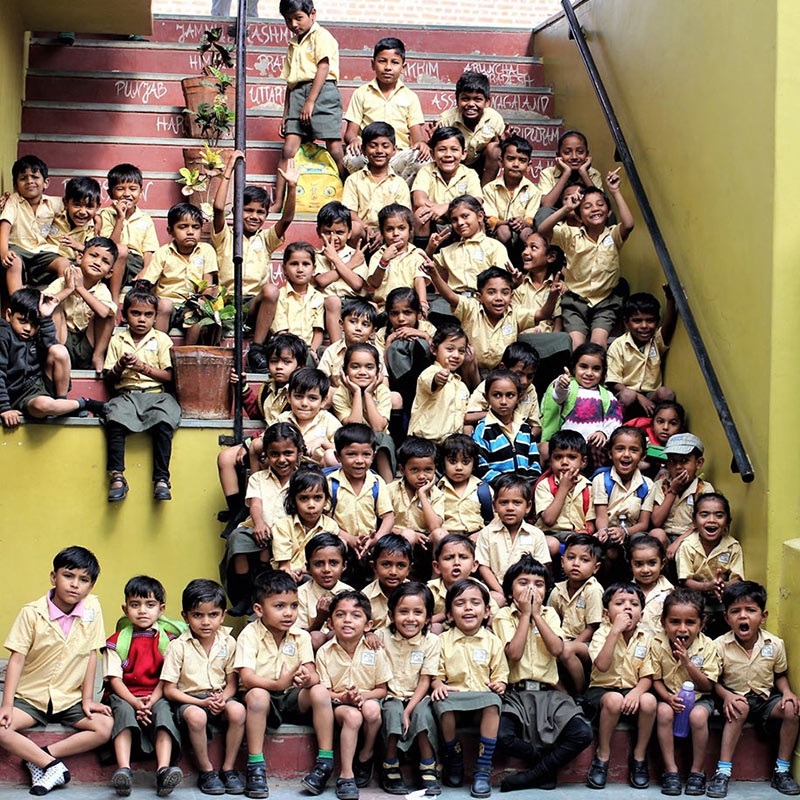Impact of Community Centers
Effecting meaningful change in attitude and behavior in the communities is a slow and steady journey. However, over three decades years, we have witnessed the following through our Community Center model:
- Improved health, hygiene and community sanitation
- Increase in school attendance rates and girls’ education
- More awareness around importance of education and higher education
- Rise in parental involvement
- Decrease in cases of tuberculosis
- Less addictive behavior (gambling, alcoholism and chewing tobacco) in younger generations
- Some movement in the social standing of women
Centers in Ahmedabad, Gujarat
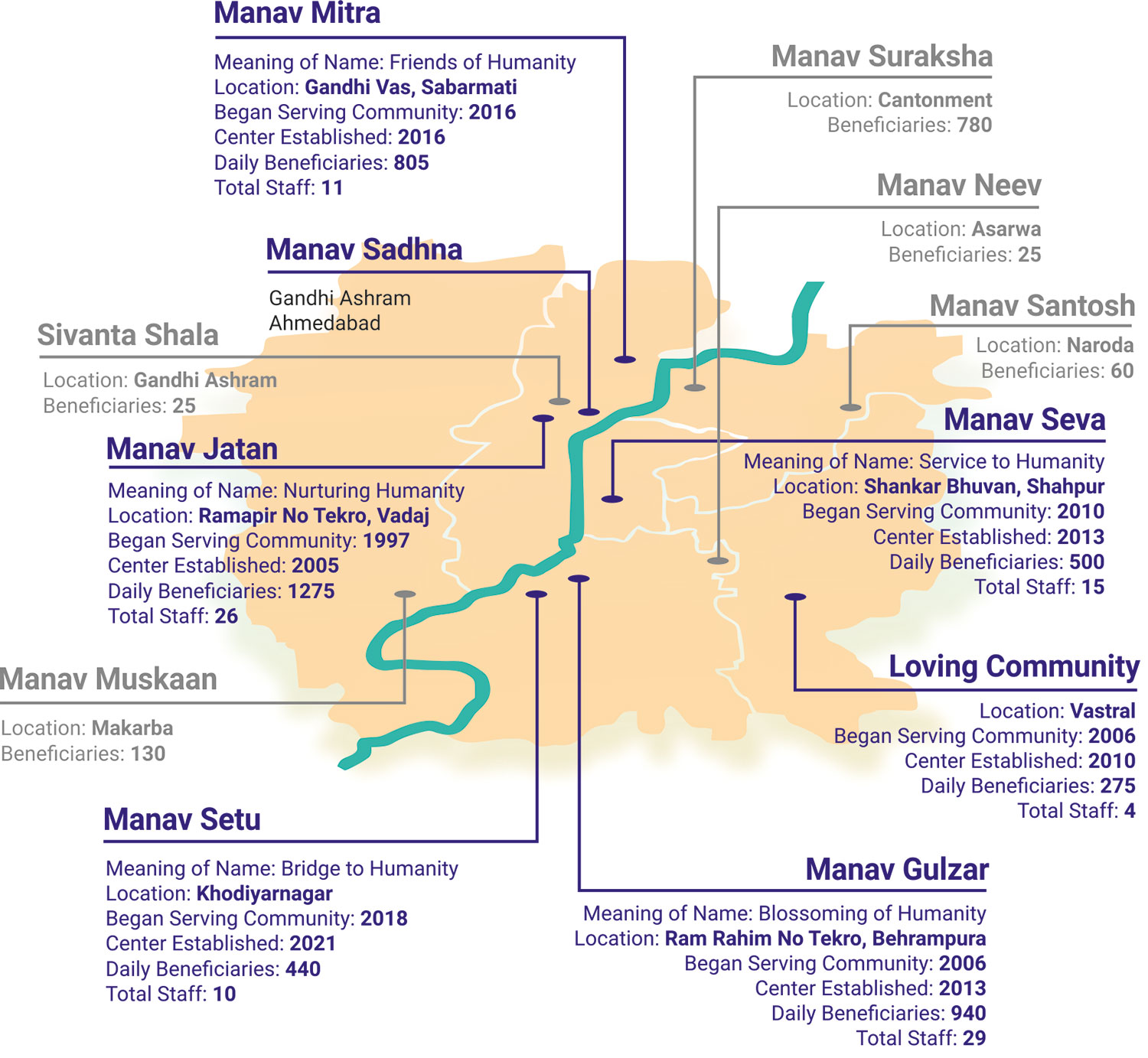
Centers in Ahmedabad, Gujarat

Supported Centers Across India
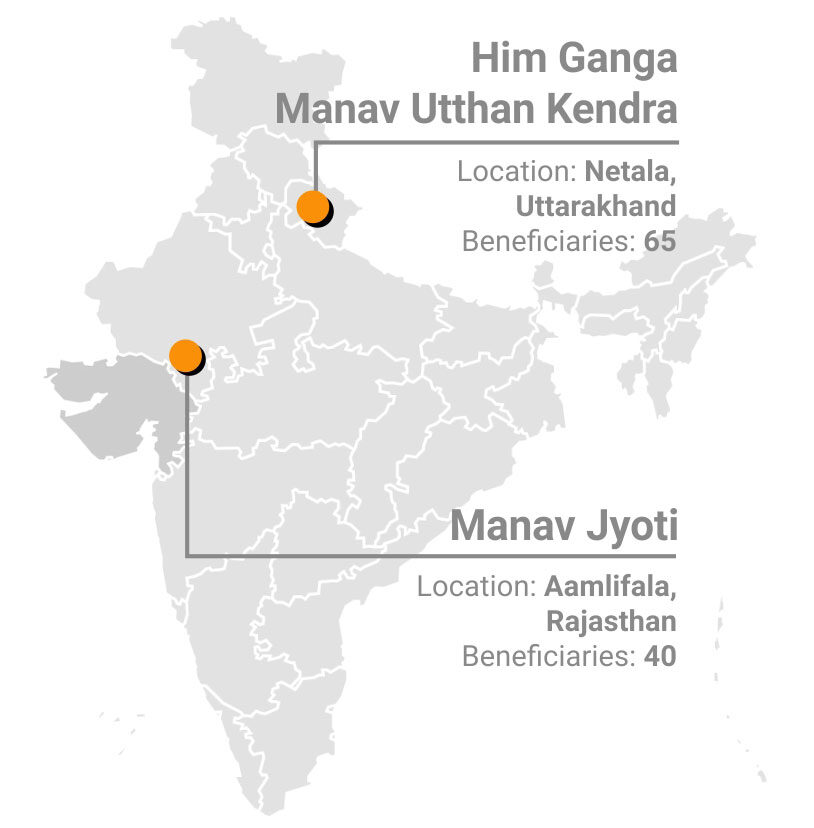
Manav Gulzar
Background: The interfaith community of Ram Rahim No Tekra is home to more than 40,000 Hindu and Muslim families, who actively maintain harmony, even during communal riots. We started serving the community with a street school, but eventually, with the request of the community and the support of Flowering Tree, we built this center between a Dargah and a Temple, a sacred spot chosen by the residents.
Programs:
- Bal Sanskar
- Vidhyadham
- Scouts &Guides
- Nutrition
- Health &Awareness
- Hope
- Youth Gym
- VadilVatsalya
- Nagrik Kalyan Seva Kendra
- Vyasan Mukti
- Women’s Savings
- Computer Courses
- Pedal Rickshaw
- Annadaan
- Tailoring Certification
Manav Setu
Background: Home to about 3,000 families, nearly 90% of whom are daily wage laborers, this neighborhood hosts a wide mix of populations from different parts of the state and country. Superstitious beliefs prevail in the community, often negatively impacting its growth and progress. The department of Urban Community Development has granted MS space under a highway, where we have built Manav Setu.
Programs:
- Vidhyadham
- Scouts & Guides
- Nutrition
- List Item
- Hope
- Vadil Vatsalya
- Health & Awareness
- Cooking Classes
- Pedal Rickshaw
- Annadaan
Manav Seva
Background: Efforts in this pulsating community started with a Street School, which gradually evolved into the Manav Seva Community Center and Shakti Center, built in partnership with Team Seva. The locality Shankar Bhuvan is very dense, with a large stray dog population and poor sanitation. The area is inhabited largely by two communities, one of which, though vibrant and unique, continues to believe resolutely in its traditions and superstitions. As a result, enabling change in behavior and attitude around family planning, girls’ education and health is a serious challenge.
Programs:
- Bal Sanskar
- Vidhyadham
- Nutrition
- Health & Awareness
- Hope
- Shakti Center
- Women’s Savings
- Nagrik Kalyan Seva Kendra
- Vyasan Mukti
- Pedal Rickshaw Project
- Annadaan
Loving Community
Background: About 30 years ago, several leprosy-affected families settled along the low-lying, outskirts of Ahmedabad forming the Gandhi Leprosy Seva Sangh Community. They depended largely on begging for survival. Despite the eradication of the disease through treatment as well as the integration of Vastral into larger Ahmedabad, the community remains physically isolated and stigmatized. Though the third generation are studying and working hard for their futures, their parents continue to struggle to secure jobs. This community, however, is one of few where there is reasonable gender equity and girls are encouraged to pursue their education. MS built a Community Center and Classroom, accessible to 125 families in the community.
Programs:
- Bal Sanskar
- Vidhyadham
- Nutrition
- Health & Awareness
- Hope
- Women’s Savings
- Pedal Rickshaw Project
- Annadaan
- Bhav nu Bhojan
- Dream Homes
Manav Mitra
Background: Situated in the sprawling area of Gandhi Vas, Sabarmati the Manav Mitra Center was founded with the support of Dry Creek Foundation. This community is largely migrated from the rural and tribal villages of North Gujarat. The area still suffers from a lack of clean drinking water and access to basic sanitation facilities, such as toilets. Gandhi Vas, prone to flooding due to its location in a low-lying area, is part of an interconnected series of marginalized neighborhoods. The level of poverty here is alarming; children attend our centers just to use the toilet or receive a nutritious snack.
Programs:
- Bal Sanskar
- Vidhyadham
- Scouts
- Nutrition
- Health & Awareness
- Hope
- Nagrik Kalyan Seva Kendra
- Vyasan Mukti
- Paryavaran Mitra
- Women’s Savings
- Cooking Classes
- Pedal Rickshaw Project
- Annadaan
Manav Muskaan
Background: The most recent addition to our community centers, Manav Muskaan caters to predominantly Muslim residents who are critically underserved. They lack access to public schools and healthcare facilities within four square kilometers of the community.
Programs:
- Bal Sanskar
- Vidhyadham
- Nutrition
- Health & Awareness
- Hope
- Women’s Savings
- Cooking Classes
- Pedal Rickshaw Project
- Vadil Vatsalya
- Annadaan
- List Item
Supported Centers
MS also supports 4 smaller centers—2 in Ahmedabad, 1 in Rajasthan and 1 in Uttarakhand. Our intention is to bolster dedicated grassroots leaders, who are aligned with our approach and genuinely serving marginalized communities. We assist them with financial support, space, in kind contributions and/or nutrition, alongside mentorship.
Programs:
- Bal Sanskar
- Vidhyadham
- Scouts
- Nutrition
- Health & Awareness
- Hope
- Nagrik Kalyan Seva Kendra
- Vyasan Mukti
- Paryavaran Mitra
- Women’s Savings
- Cooking Classes
- Pedal Rickshaw Project
- Annadaan

Manav Jatan
Regular Daily Beneficiaries: 709
Manav Jatan
Regular Daily Beneficiaries: 709
Regular Daily Beneficiaries: 483
Leprosy Loving
Regular Daily Beneficiaries: 105

Leprosy Loving
Regular Daily Beneficiaries: 105
Manav Seva
Regular Daily Beneficiaries: 314
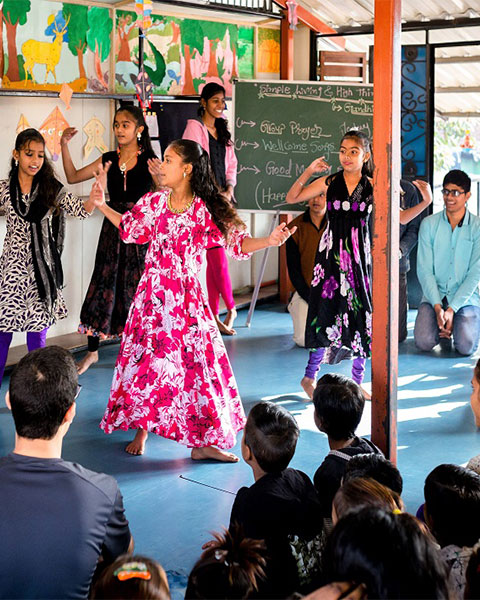
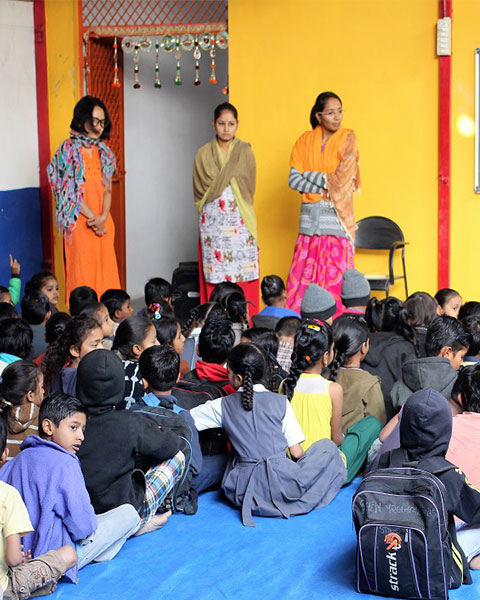
Manav Mitra
Regular Daily Beneficiaries: 219
Manav Setu
Regular Daily Beneficiaries: 314
Manav Setu
Regular Daily Beneficiaries: 314

Supported Centers
Regular Daily Beneficiaries: 219


